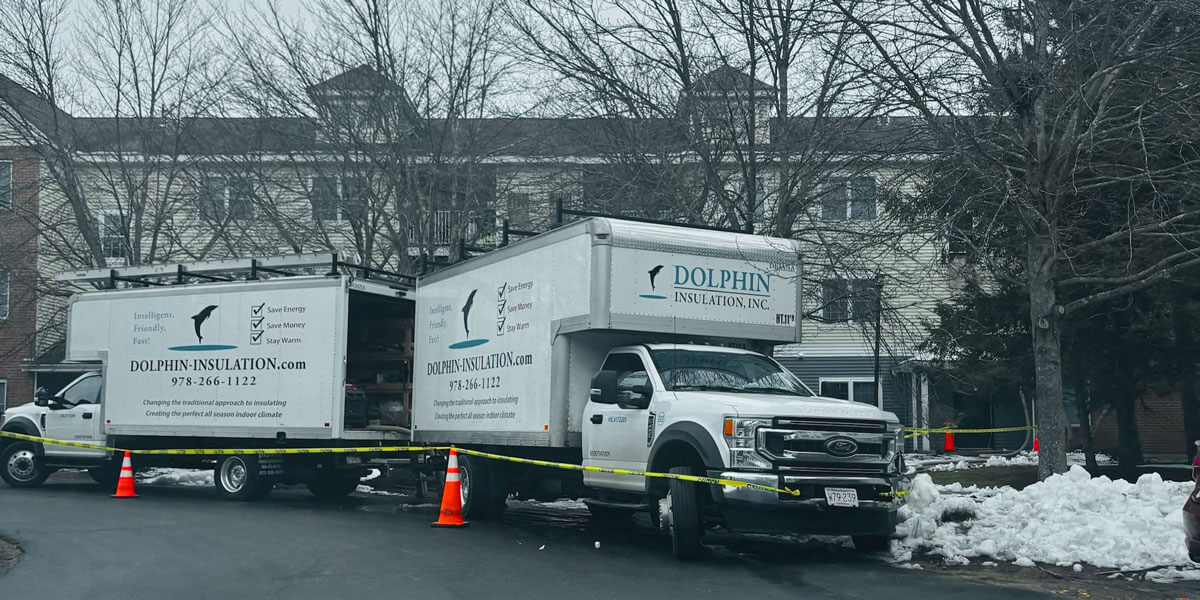With Nemo’s gift of a few feet of snow, this recent blizzard sets up the perfect opportunity for you to test your home’s insulation quality. Although this test is better performed under a light snowfall of about an inch, we can work with what Nemo gave us. This test does not require any tools, specific knowledge, or large amounts of time.
As the snow melts away, look to your roof for a free, personal analysis of your home’s insulation.
- First, figure out where the sun melts the snow and do not take these places into consideration for the test.
- Then, observe the roof to see if there is a certain melting pattern; keep this pattern in mind.
- Does the snow melt faster around your chimney?
- Over your attic?
- Around internal light fixtures or beams?
- If the snow disappears faster in some places than it does in others, then we have pinpointed the places that need to be insulated.
As heat rises up through your home and into your attic, an attic without insulation will let all of that heat out through the roof. This is what causes certain melting patterns — those places transfer the most heat from inside, where it is wanted, to outside. Luckily, the snow finds these trouble spots so that we can go in and stifle the heat transfer.
Along with the melting pattern, take a look at the rate at which the snow melts and compare it to your neighbor’s home. The goal is for the snow to stay on the roof as long as possible, because that means that your heat is staying inside your home instead of helping to melt the outside snow. Our goal is to insulate in order to create a barrier between your home and outside. Keeping heat inside your home means a lower heating bill this winter.
To give you a good idea of what to look for, the ideal home has a consistent slate of snow on the roof. Ranch houses are often very energy efficient due to their simple geometry, but a ranch house without insulation lets out just as much heat as any other home. A clear roof means that all of the heat from inside the home is escaping and melting the snow.
It is also possible that part of your home lets all of the heat go, while another part maintains the powder. If you built an addition on your home, it will meet insulation standards — but you need to insulate the rest of your home to meet these same criteria. It is not unlikely for an addition’s roof to keep all of the snow, while the older part of the home melts it all off.
Lastly, look for icicles hanging off of your roof. While they may create an appealing wintery look on your home, icicles clearly signal that heat is escaping. Under thicker blankets of snow, such as the one we just got from Nemo, heat exits your attic and melts the bottom layer of snow, which then drips down and freezes into icicles.
This snow-melting and icicle test mainly evaluates your attic’s insulation, but we can easily find all of the other weak spots that need to be sealed and insulated. If you have doubts about heat conservation in your home, go outside and look for melting and icicles. If you have any questions about what you see, chances are your home needs to be sealed. Contact Dolphin for answers to your questions, and to your home energy problems.















